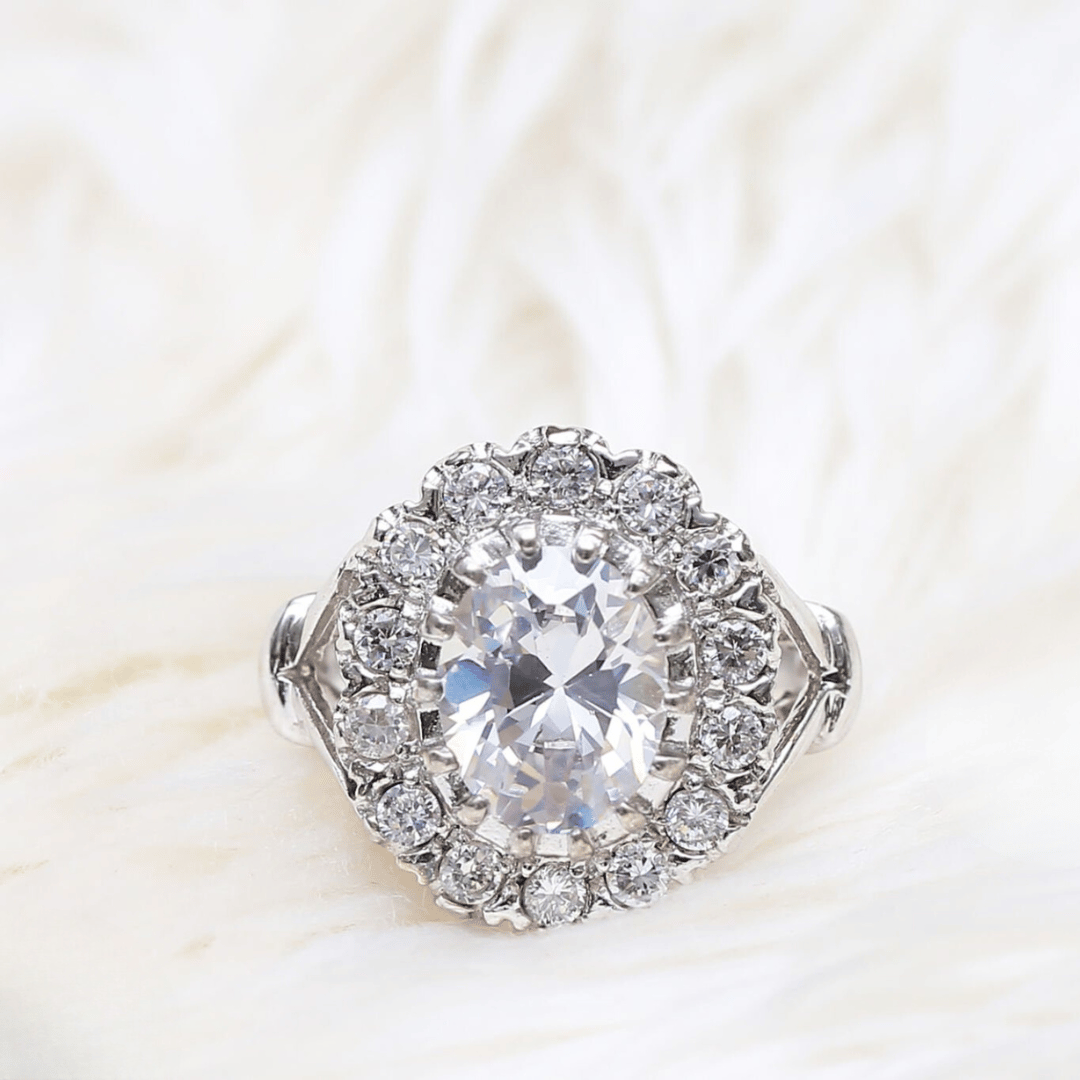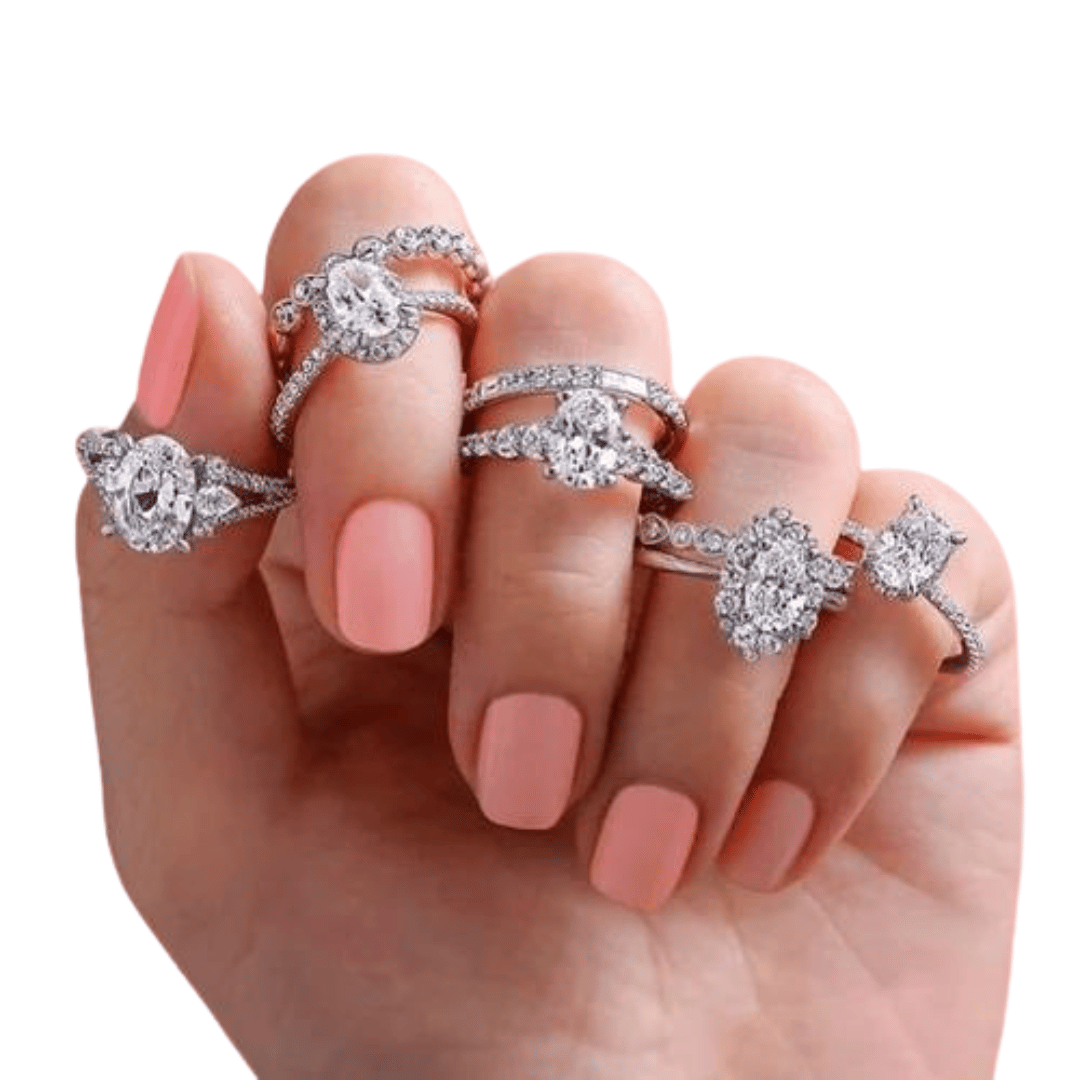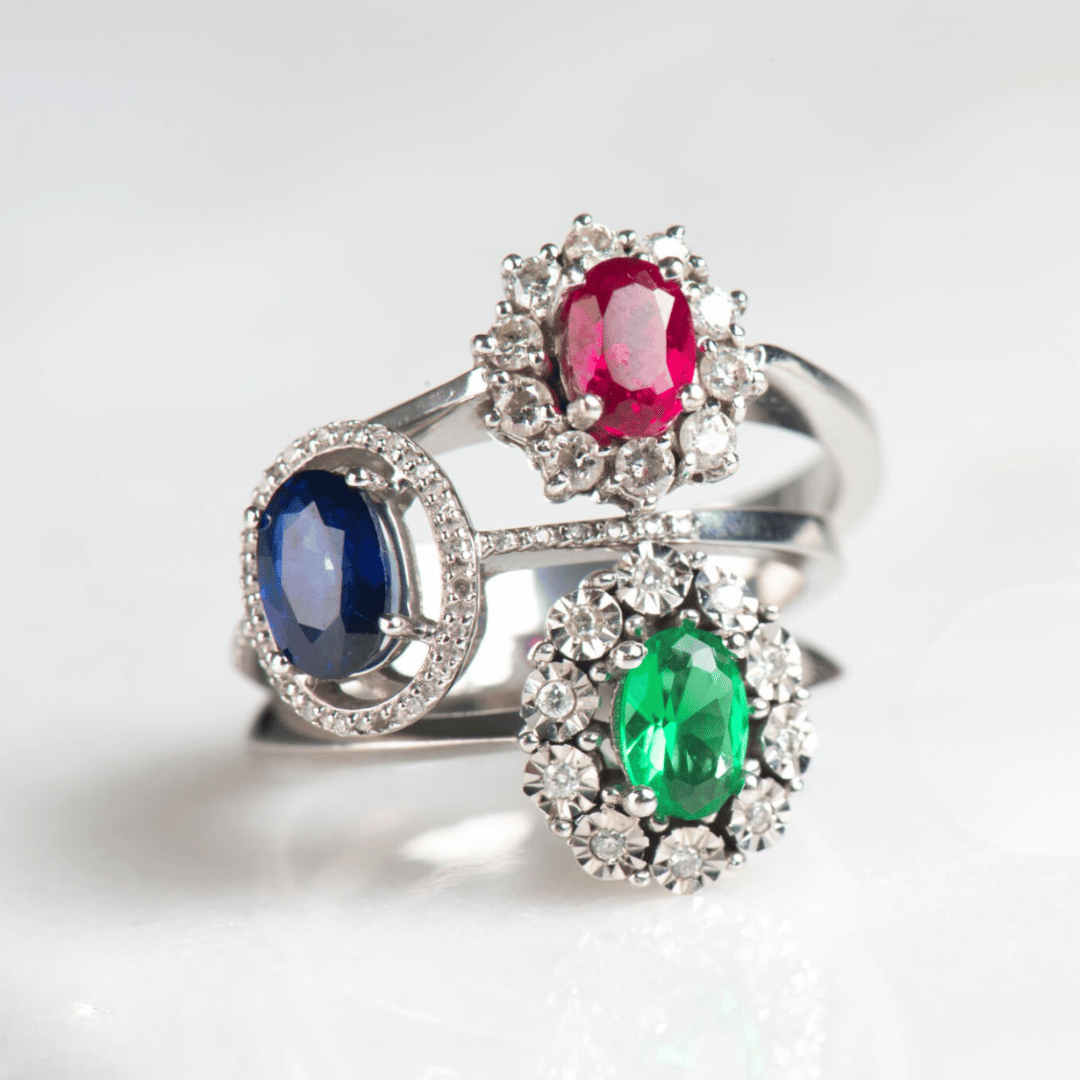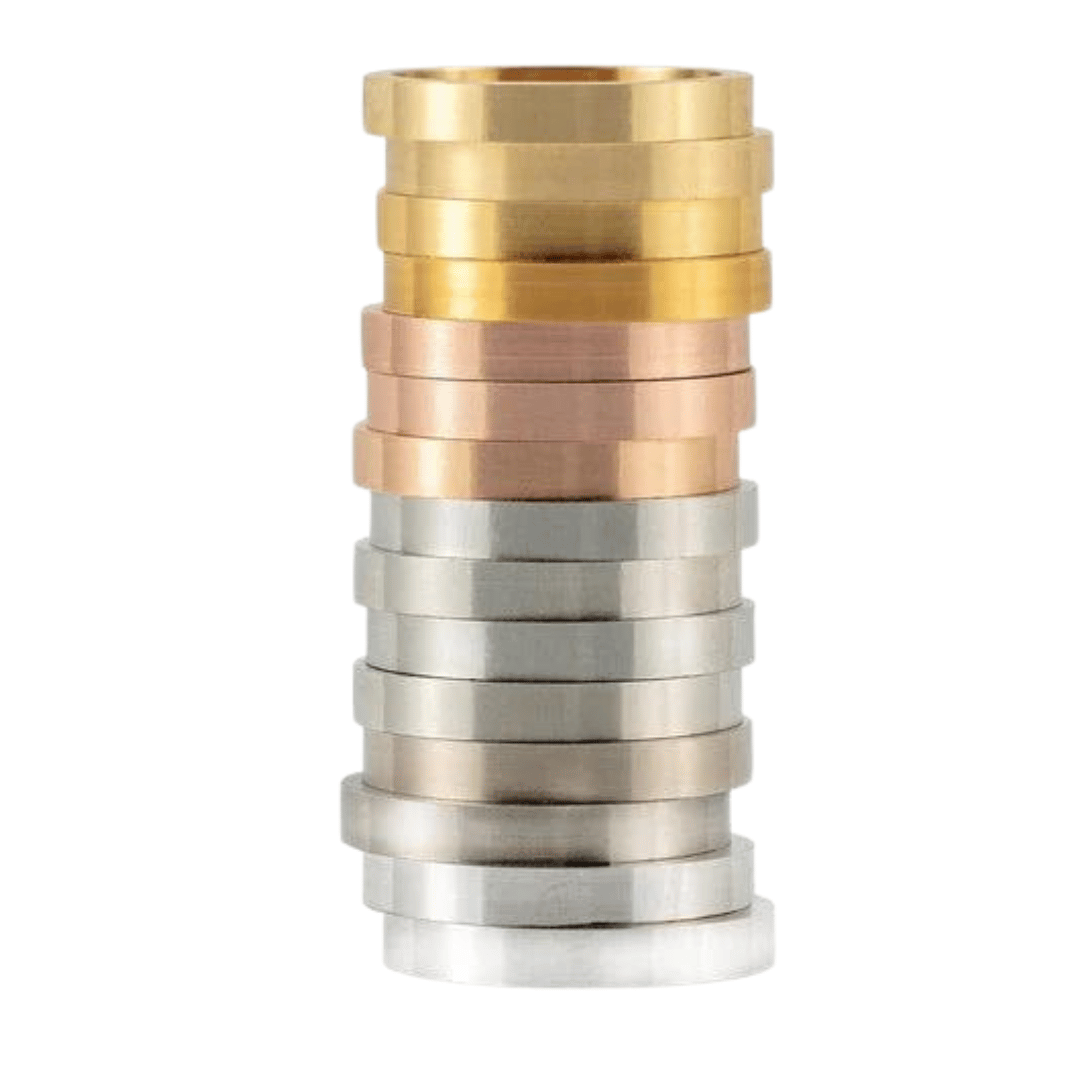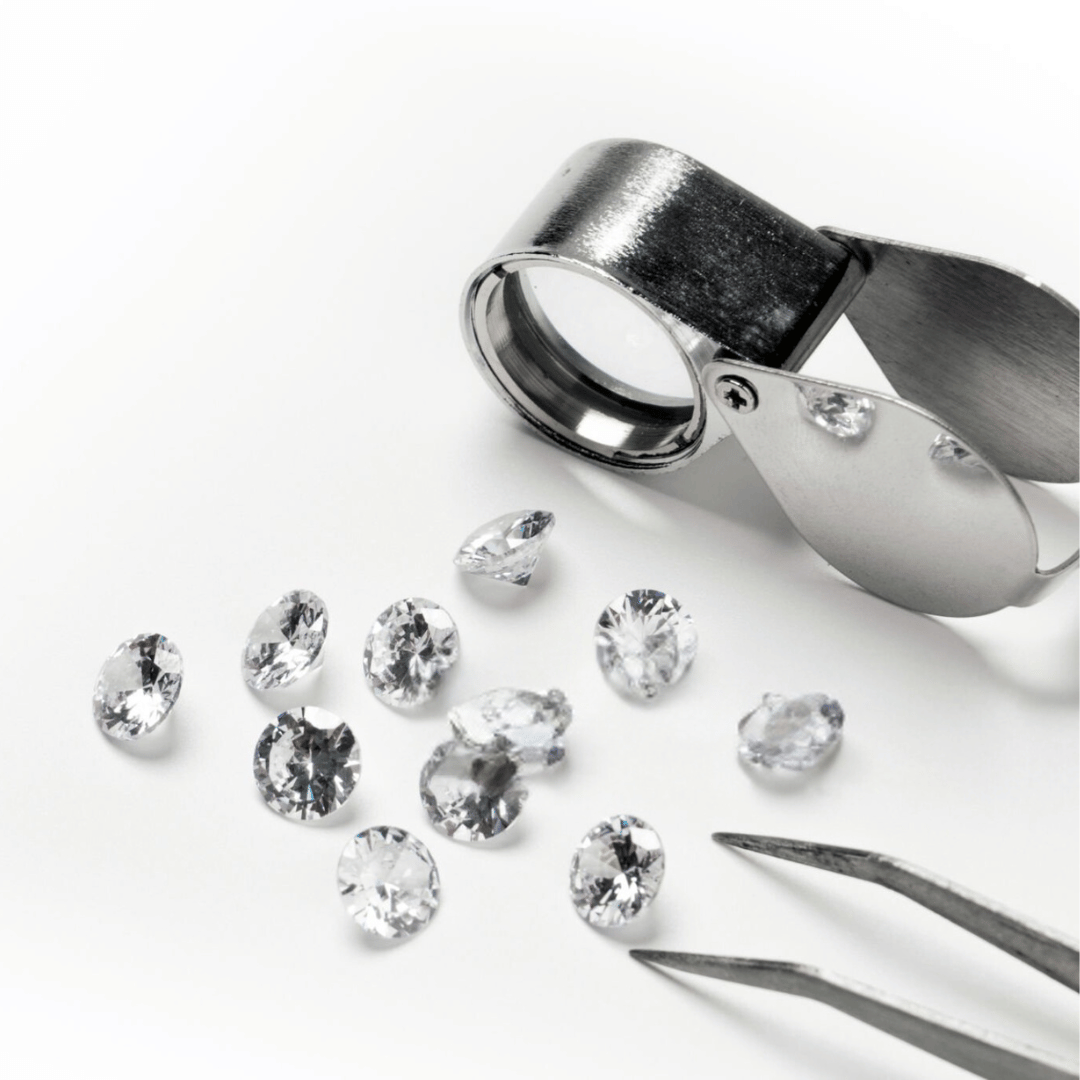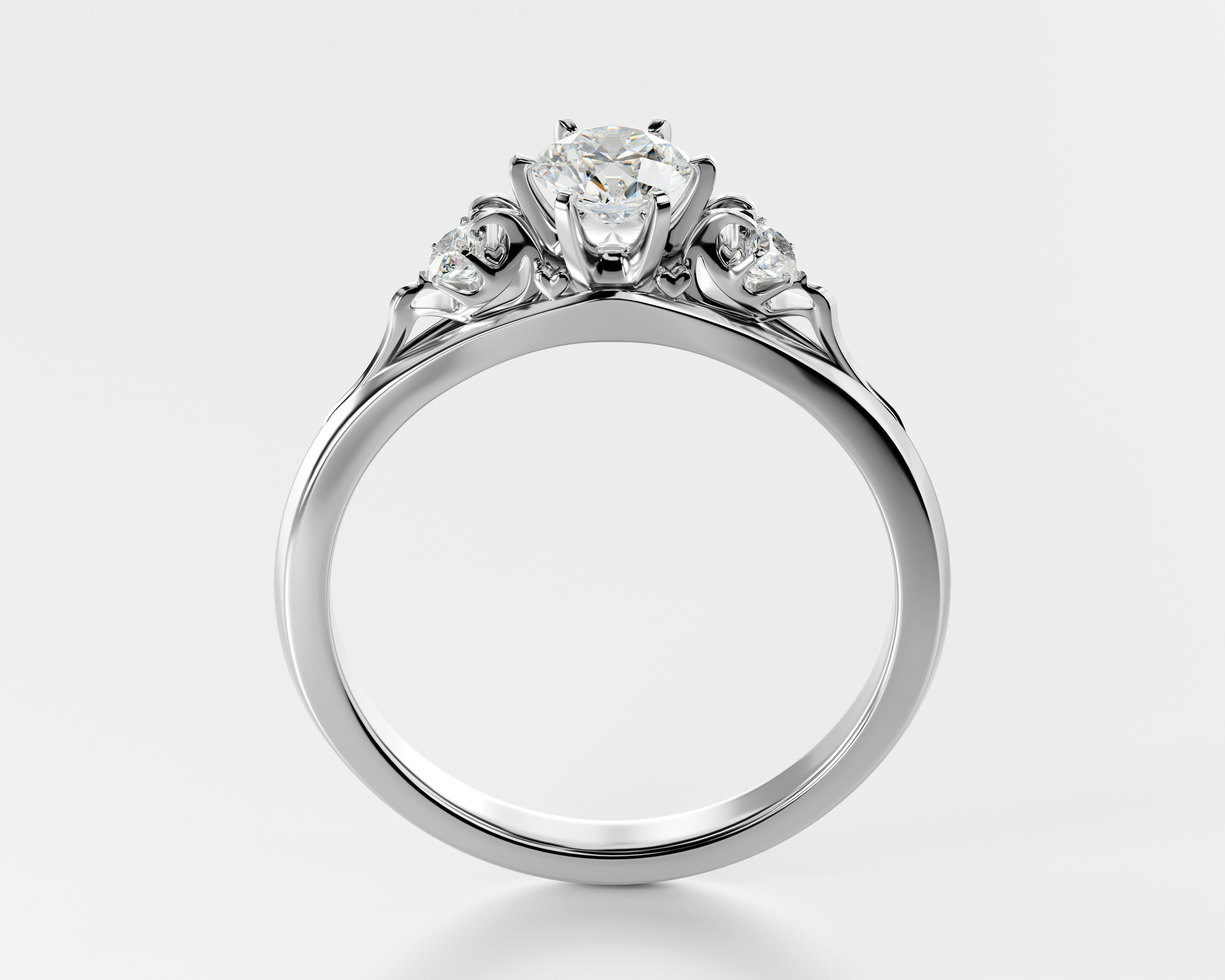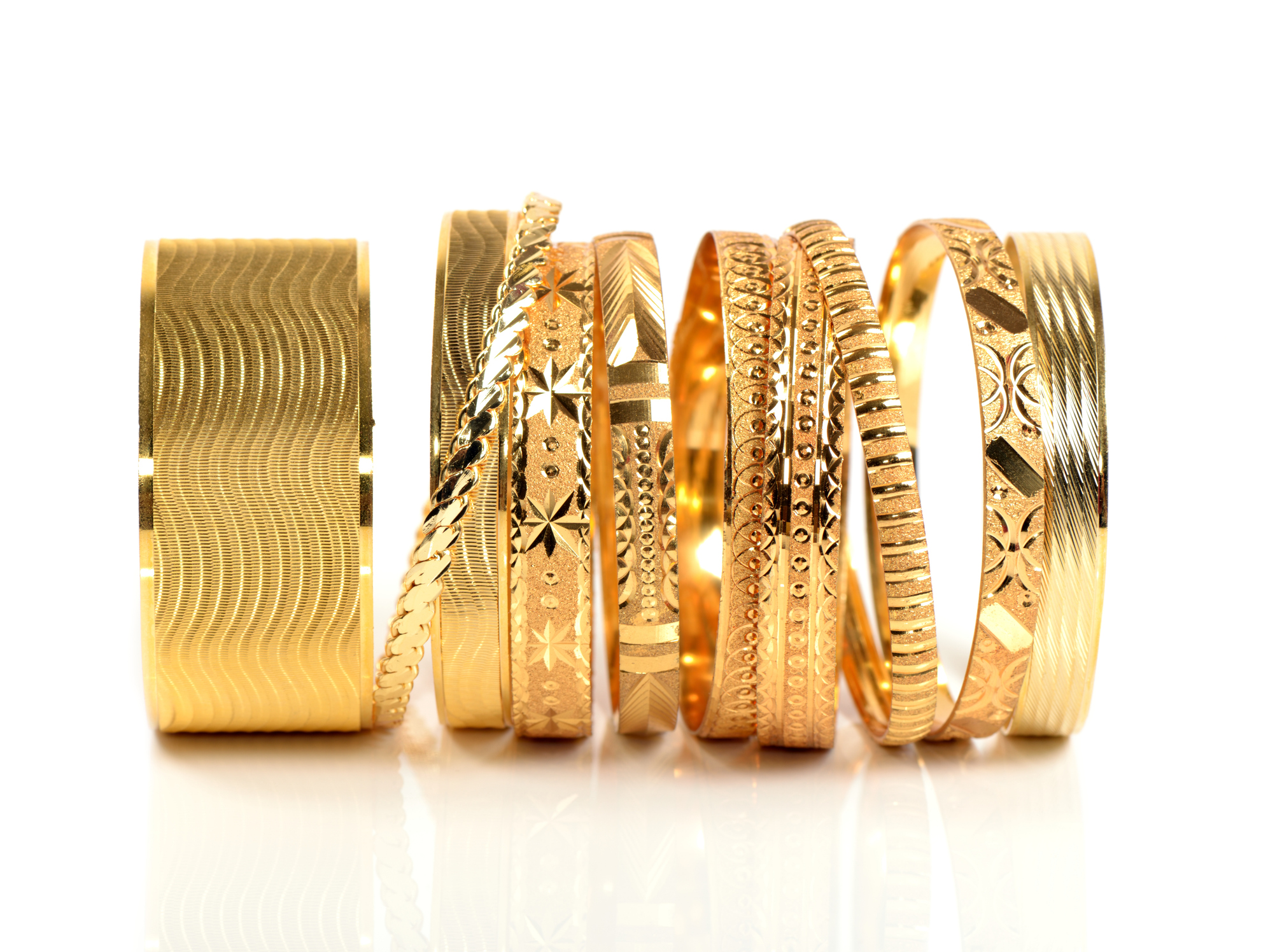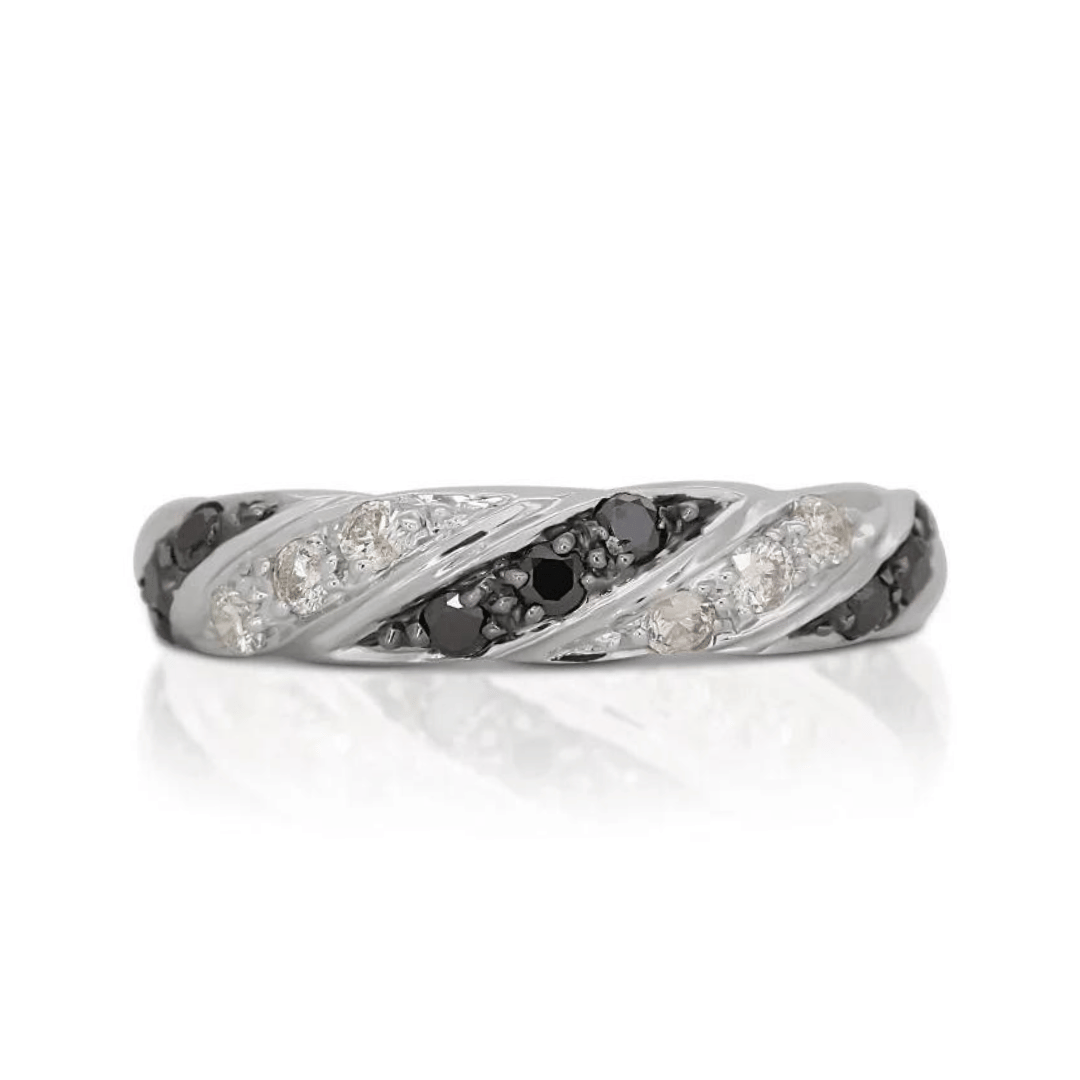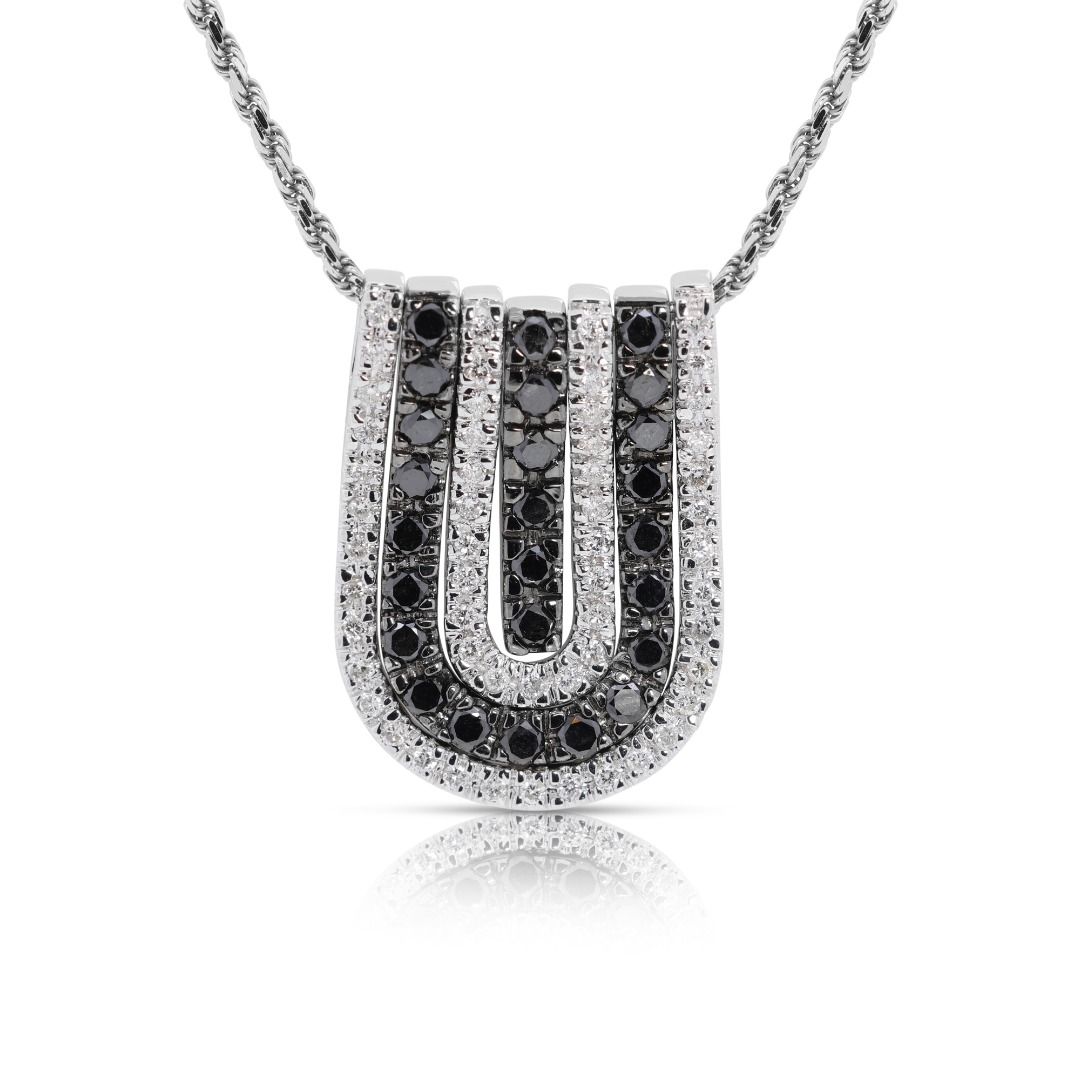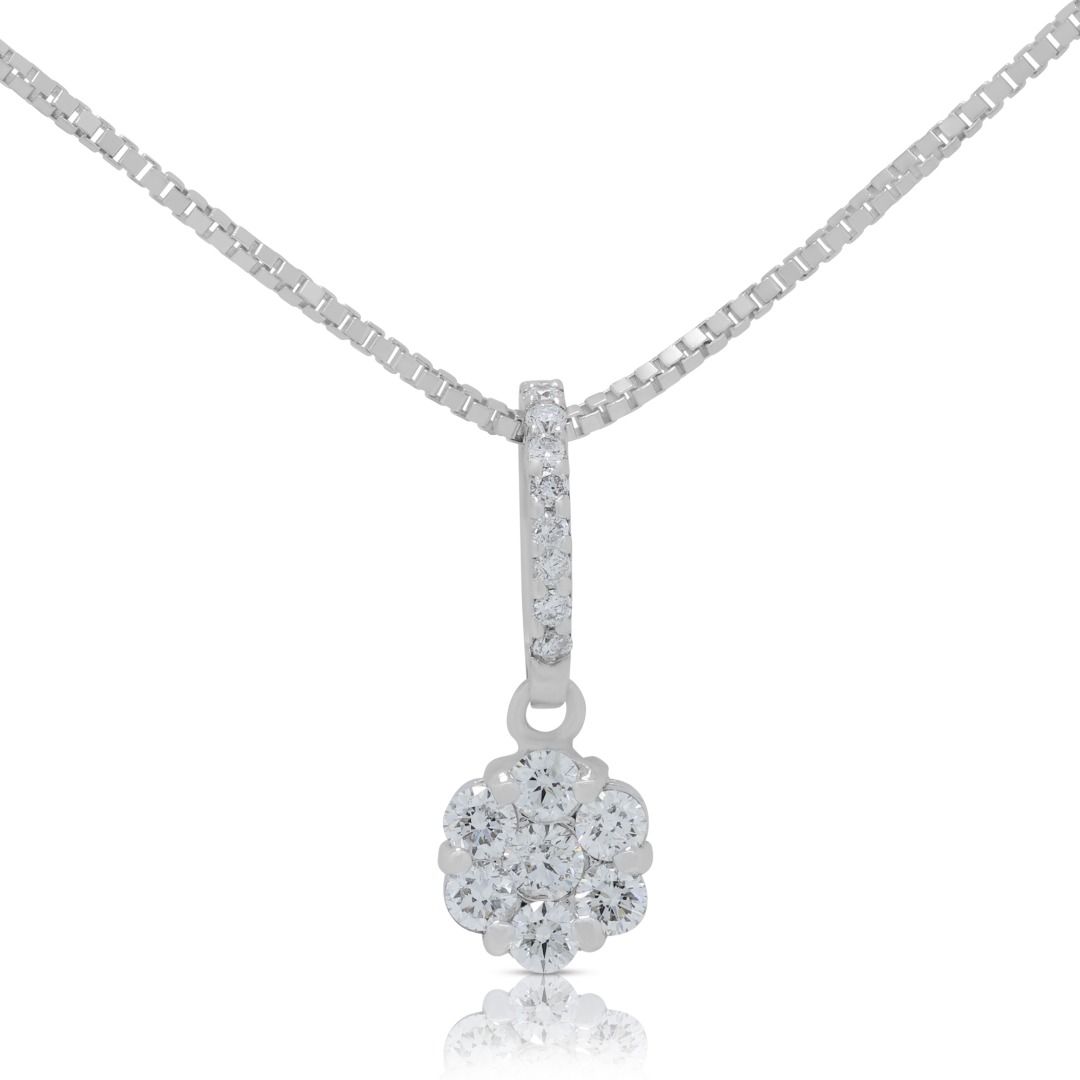How To Buy A Diamond Ring Without Getting Duped
How To Buy A Diamond Ring Without Getting Duped
Key Highlights:
The 4Cs of Diamonds:
- Cut: The most important factor affecting sparkle. Ideal or flawless cuts are best.
- Color: Colorless diamonds (D-F) are most valuable, with yellowish tints (K-Z) being less so.
- Clarity: Fewer imperfections (FL) mean higher value. Most imperfections are not visible without magnification (VS1-VS2).
- Carat: Diamond weight. A larger carat is more expensive but cut can make a smaller stone appear larger.
Finding the Right Diamond: Consider your budget and preferences for shape, carat weight, clarity, and color. Prioritize cut for maximum sparkle.
GIA Certification: A must for authenticity. Don’t accept in-house certifications or no certification at all.
Reputable Sellers: Look for referrals, read reviews, and check the Better Business Bureau (BBB) rating.
If you ever found yourself in that situation, you probably know the saying that diamonds are forever.
You also probably know how to buy a diamond ring without getting duped. It fits pretty much any situation, and it will always make your wife or girlfriend so happy when they look at these beautiful sparkling stones.
Which is why so many jewelry stores have such a wide variety of diamond rings for any occasion.
Since these stones have become so popular, it started to cause a problem in the industry.
There are now many scammers and grifters who find the poor saps who want to buy these stones cheaply, and they sell them fraudulent or lesser quality stones for full price.
So if you’re looking to purchase a diamond, you must be careful how to buy a diamond ring without getting duped and know what you’re doing, so you don’t fall prey to these scams.
How you approach this endeavor of finding the perfect diamond will determine if you fall into such a scam, or get a great deal.
In this article you’ll learn how to buy a diamond ring without getting duped as there are plenty of dishonest merchants, especially in the online market where anonymity makes it so much easier to pull off.
After reading this article, you’ll be a lot more calculated when it comes to making a smart and safe purchase.
The Core Characteristics of Diamonds are The 4 C’s
Because diamonds are valued so much more than gold or platinum, they have a unique and complex rating system.
To find a good deal, you’ll need to get familiar with what determines a diamond’s quality – the 4 C’s:
CUT
The first thing you should look for is the cut; it’s how the diamond was shaped.
If cut too roughly, the different facets will not reflect light as well as they should and the diamond itself will look dull. The more flawless the cut, the higher the value of the diamond. The first thing you should know in order to avoid getting scammed is the cut grade types.
The grades go from shallow, which has a poor shine and is too dark, to ideal or flawless, which has brilliant sparkle. You also have a deep cut, which indicates poor quality, and a very deep cut, which has an even poorer shine, and the diamond appears smaller.


COLOR
The second thing you should know is that color affects the diamond’s value tremendously, where fully transparent diamonds are very valuable, while colored, which are usually yellowish in tint, are less valuable.
The color grade is from D to Z, where D is colorless and Z is yellow, and thus the price falls the closer you get to Z. The grades are as follows:
Grades D-F are colorless.
Grades G-J are near colorless.
Fancy diamonds are yellow.
Grades K-M are faint yellow.
Grades N-Z and are light yellow.
CARAT
The third thing you need to know is the diamond’s weight; it’s measured in Carat and 1 carat is equal to 200 milligrams.
When talking about carat, it refers only to the weight, not to the dimension of the stone.
The reason the carat is only the 4th on the list is because even a smaller stone may appear larger if it has a very fine cut.
But still, the higher the weight in carat, the higher the price.


CLARITY
The last C you should know is Clarity; it implies small marks and imperfections on the surface of the diamond.
These marks could be white or black tiny specks that can be seen with a microscope.
The more imperfections a diamond has, the lower its value.
Most of these inclusions are not visible without magnifying equipment.
Flawless diamonds are considered grade FL, and the value falls down as you reach grade I3:
- Grade FL – flawless diamonds
- Grade IF (Internally Flawless) – marks that can only be seen with a 10x or more magnification.
- Grade VVS1 – very, very slight inclusions on the lower half of the stone.
- Grade VVS2 – very, very slight inclusions on the upper half of the stone.
- Grade VS1 – very slight inclusions mostly visible under 10X magnification.
- Grade VS2 – very slight inclusions always visible under 10X magnification.
- Grade SI1 and SI2 – slight inclusions visible to the naked eye.
- Grade I1 – inclusions that are obvious to the naked eye.
- Grade I3-I2 – inclusions that are visible 2 or 3 times more than Grade I1.


After understanding how to buy a diamond ring without getting duped the parameters that affect the value of your diamond, you can weigh the benefits of each parameter to find the ideal diamond for your ring:
- Shape – examining the different cuts, like round, princess, emerald, oval, pear, cushion, marquise and radiant, to find which ones you like and then compare it with it’s popularity at the moment. These shapes’ values change with fashion, and a professional jeweler can help you figure it out.
- Carat – depending on your budget, select a weight between 0.25 and 5 carats.
- Clarity – select a clarity range between VS1 and VS2 or even as high as VVS1 or VVS2 if you have the extra budget for it. IF and FL are extremely expensive and will usually not even be displayed.
- Color – if your budget is high, go for color grades G to J, or K-L if you’d like to spend less.
- Cut – here you should find the most brilliant diamond you can get your hands on.This is the place to put most of your budget, as it will be the most effective in terms of what the ring looks like.
GIA Certification is a Must
The worst thing you can do is accept an in-house certification, or even no certification at all.
A 3rd party certification is a must, and the Gemological Institute of America (GIA) certification is the best.
Unless they have that, you should always walk away from a deal to avoid scams.
Any reputable seller will have an authenticating certificate for their diamond.
Only Deal With Jewelers or Online Retailers That Have a Positive Reputation
Finding a reputable jeweler is a must as they have a reputation to uphold when selling jewels.
To find a reputable seller, you’ll need to look for referrals or recommendations and then read reviews and testimonials.
You can also check the Better Business Bureau (BBB) for sellers’ reputations.
Whenever you want your diamond engagement ring to light up your special person’s face, make sure you know how to avoid all the scams and frauds in the market and be cautious as not to fall into any traps.
Conclusion
In conclusion, buying a diamond ring can be a daunting task, but by understanding the 4Cs (cut, colour, clarity, and carat) and prioritising a good cut for sparkle, you can find the perfect diamond that fits your budget. Always look for a GIA certificate to ensure authenticity and deal with reputable jewellers with strong online reviews or BBB accreditation. With this knowledge and a cautious approach, you’ll be well on your way to finding a dazzling diamond ring that will light up your loved one’s face.




